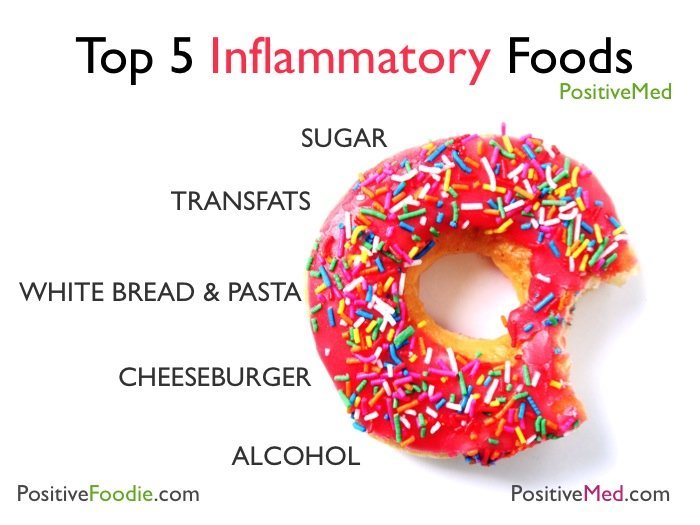At the beginning of this semester I decided that I was going to keep the same passion post and continue writing about the ins and outs of running. But due to the fact that I have not run in a few weeks, I think I will discuss what I have been doing instead to keep my body from getting out of shape. This has mostly involved strength training, which is almost the dire opposite of running. Strength training is basically lifting weights and performing a variety of exercises to gain muscle. Running on the other hand is most commonly used as a method to lose weight and tone your muscles. This shift is a huge change for me because for as long as I can remember I have always been more fast than strong. Throughout middle school, high school, and now college I’ve constantly been involved with some kind of athletic team which I would run with, but recently that is no longer the case. A big difference between running and weight lifting is that running is commonly run with a group or a couple of friends, while weight lifting is almost always done alone. There are always a few people who go to the gym with one or two friends but the majority of people there are alone. This can be helpful for letting you focus more on your workout than socializing, but it can also be more dangerous, since no one will be watching you or notice if you start to lose control and end up hurting yourself on a machine.

http://cms.bbcomcdn.com/fun/images/2012/lift-to-run-2c.jpg
I think one of the major benefits of weight lifting over running is that you do not need to go every single day. While running requires you to consistently run one day after the other alternating easy and hard days with only one day off each week, lifting requires a different kind of workout schedule. According to A Workout Routine, there is no single best way to work out, but the one similarity between all of the different kinds of workouts are the amount of rest days. Out of all the workouts schedules given, not one says that you should rest for less than 3 days a week. On this rest day, the individual shouldn’t do any lifting to allow his/her muscles to recover. Greatest lists some of the problems that may surface if one does not get enough recovery. Decreased performance, elevated blood pressure, decreased immunity, disturbed sleep, and extreme soreness can result from overworking one’s muscles and continuing to work out without allowing his/her muscles the proper amount of time to heal.

http://www.ericadhouse.com/wp-content/uploads/2013/03/Over-exercising.png
The way that your muscles grow from working out is by first causing them to tear, and then making them regrow slightly stronger than before. During the actual activity of working out, one’s body needs much more oxygen than it normally needs, up to 15 times more oxygen, according to Huffington Post. To produce this extra oxygen, the muscles surrounding the lungs must increase beating until they can’t go any faster, which is your VO2 max. In terms of physical fitness, the VO2 max is a representation of how fit a person is. The higher one’s VO2 max, the more fit that person is. There is more than just one way to determine physical fitness, and Mark’s Daily Apple lists 11 different ways than a person can evaluate him/herself. This takes into account the fact that fitness is based upon more than an individual’s running ability; basic strength and the ease at which one can perform a variety of exercises must also be taken into consideration. Some exercises could be playing a pickup game, treading water, riding a stationary bike, or doing the CrossFit baseline WOD. The CrossFit baseline WOD involves doing a 500 meter row, 40 bodyweight squats, 30 sit-ups, 20 pushups, and 10 pullups. This helps to test various muscle strengths instead of focusing on just one’s breathing ability.
One of the easiest ways people use to see how much muscle they have gained over an extended period of time from working out is by seeing how much weight they have gained. The problem with this is that there is no way to know just how much of the weight you have gained was from gaining muscle or gaining fat. The amount of fat gained can be prevented by both watching what you eat, and planning out when you should eat. It is commonly known that one must eat copious amounts of food in order to replenish his/her muscles from working out, but some foods may do more harm than good. This has a lot to do with a person’s metabolic window, or the amount of time after a workout where food most benefits his/her body. The sooner one eats after a workout, the more beneficial it will be to help his/her body recover, but waiting too long can cause your body to go into starvation mode and may make your workout worthless. For most people, the metabolic window is anywhere from 30-45 minutes after finishing their last exercise, and in this time one should eat carbs and lean protein. Heavier foods like hamburgers or fried foods take too long to digest and even eating them right after a workout may too long to fully digest, missing the metabolic window. This may be true for most people, but each individual is different and each body has different needs than any other. After reading this post, I hope anyone who was thinking about working out this week will take my advice with a grain of salt, and make sure you do whatever you can to listen to your body and stay safe.





